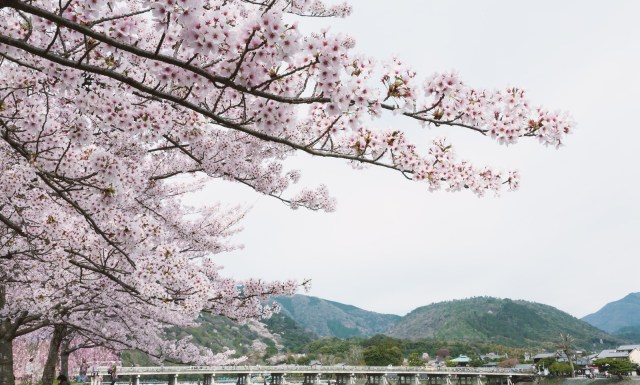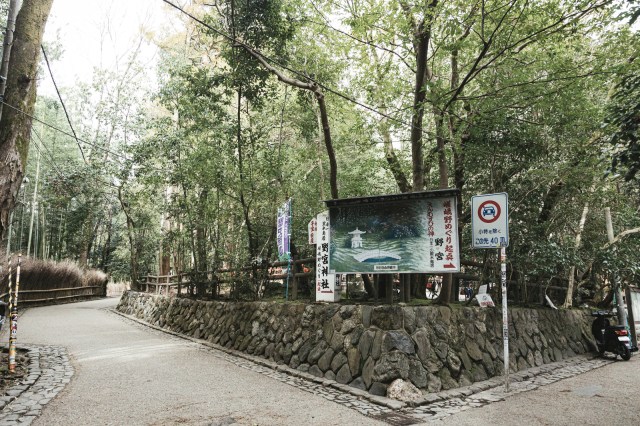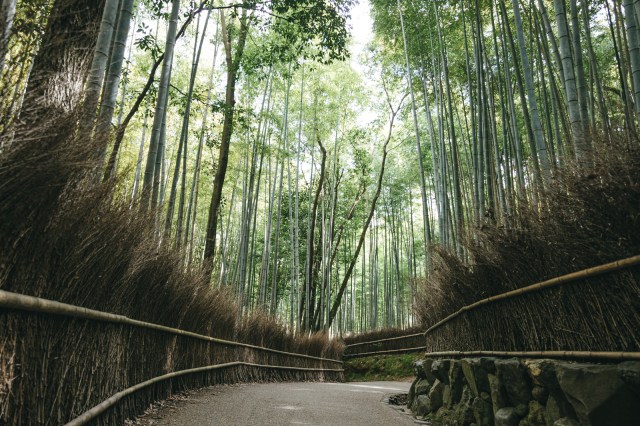Kyoto sightseeing live stream for Chinese viewers becomes controversial, sparks ire in locals

Does Kyoto actually need to advertise to future travelers?
With coronavirus still a threat around the world, tourism in Japan is at an all-time low. One of the hardest hit cities is Kyoto, which relies heavily on the industry for the economic prosperity of both the city and its residents. With fewer foreign tourists than ever, the streets of Kyoto have become empty and many businesses have suffered, so the city has attempted a number of promotions to try to preemptively reignite its tourism industry.
One of those campaigns is a collaboration between JR West and Chinese e-commerce company Alibaba, which held a virtual tourism event for Chinese viewers in the form of a live-streamed tour of Arashiyama, one of Kyoto’s most popular sightseeing spots. The video featured Japanese resident and Chinese native Tokyo Archie, an influencer with over one million Chinese followers who posts content on sightseeing spots and eateries in Japan. It was live-streamed on Alibaba’s video service, Taobao Live, on November 9.
▼ Nearby Arashiyama’s Nonomiya Shrine

The virtual tour, which lasted two hours, started with an introduction of the Sagano Scenic Railway, then proceeded to visit several sightseeing spots around Arashiyama, and even included a ride in a rickshaw. At one point over 100,000 viewers tuned into the livestream, likely making it a very successful project.
The idea was to instill interest in Kyoto, to inspire travelers to visit again once travel restrictions have been lifted. According to an Alibaba representative, Kyoto was selected because Japan always ranks top among desirable travel destinations for Chinese travelers, who do, in fact, make up much of Japan’s tourist numbers–and who are the biggest spenders.
▼ The Togetsukyo Bridge, which connects Arashiyama to the rest of Kyoto

But Japanese netizens were frankly stunned that JR East would host such an event. Many complained that Kyoto had already been suffering from overtourism before the pandemic, making the city and its sighsteeing spots too crowded with “rude” international travelers. No one wants to go back to those days of overstuffed buses and fully booked hotels, so many were scathingly critical of the event.
“Are you kidding me? Just as Kyoto was starting to get back to its beautiful self…Just please stop.”
“No…Kyoto, you really haven’t learned your lesson, have you?”
“They really don’t learn. If you rely on China the same thing will happen as before.”
“Why are they relying so much on international travelers? They never learn. If you’re going to do something like this, why not offer it domestically?”
“Just stop it! [Tourists] ruin the city and are annoying!”
“I just get depressed when I think about all those crowds coming back again. This plan hasn’t considered the residents at all.”
“You idiots can’t see past the short-term profits. The only people who think we need inbound tourism is you.”
“This is the last chance for Japanese people to go to Kyoto.”
▼ The famous bamboo forests of Arashiyama are also considered a “victim” of international tourists, who’ve carved their names into the trunks of the bamboo trees.

It’s important to note that, though a good portion of the crowds in Kyoto do come from China, the overtourism problem is a result of too many international tourists in general, as well as an overabundance of Japanese school groups, who are significant contributors to the overcrowding of the city as well. If you’ve been to Kyoto in the last few years, you’ll understand why was it voted by international travelers as the top big city in the world to visit for 2020…but you’ll also understand why some say the city really doesn’t need to promote itself any more than it already has.
Source: Kyoto Shimbun via Hachima Kiko
Top image: Pakutaso
Insert images: Pakutaso (1, 2, 3)
● Want to hear about SoraNews24’s latest articles as soon as they’re published? Follow us on Facebook and Twitter!
Credit:

0 comments:
Post a Comment